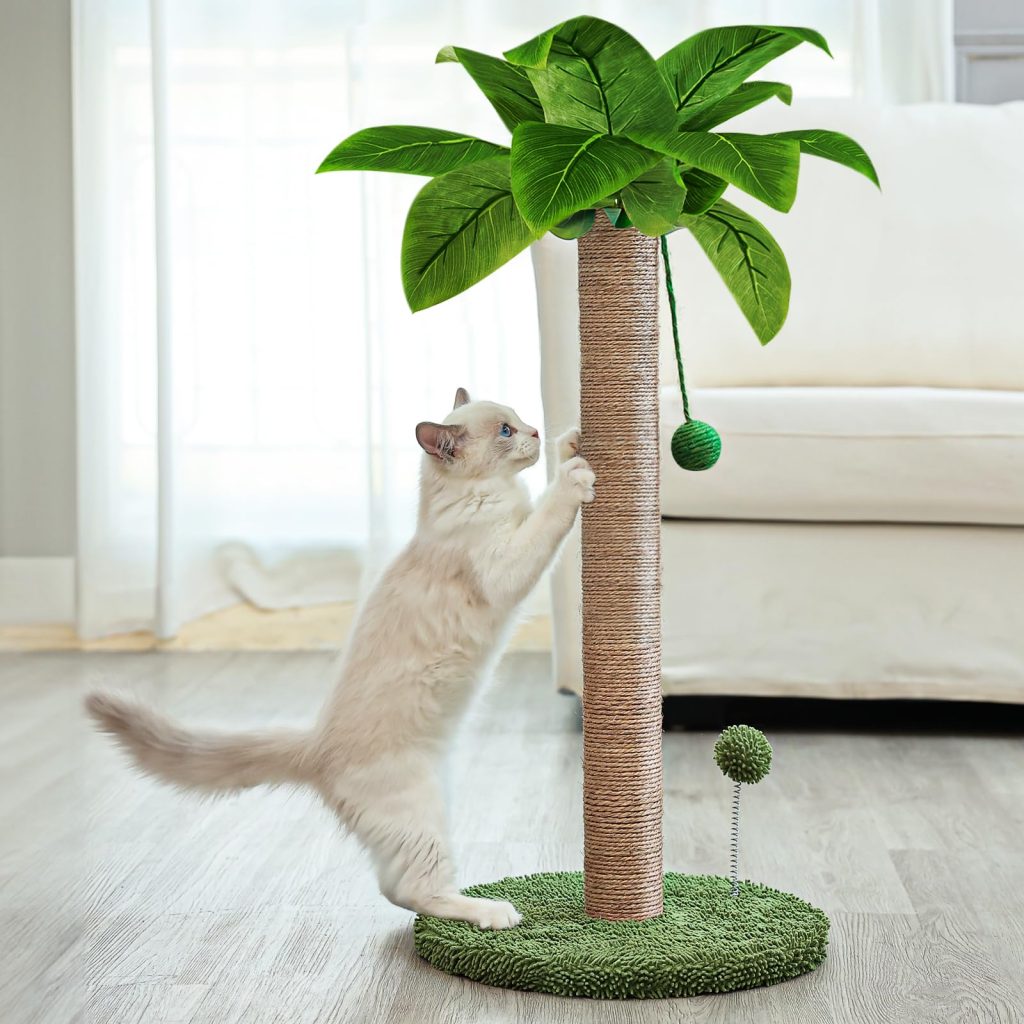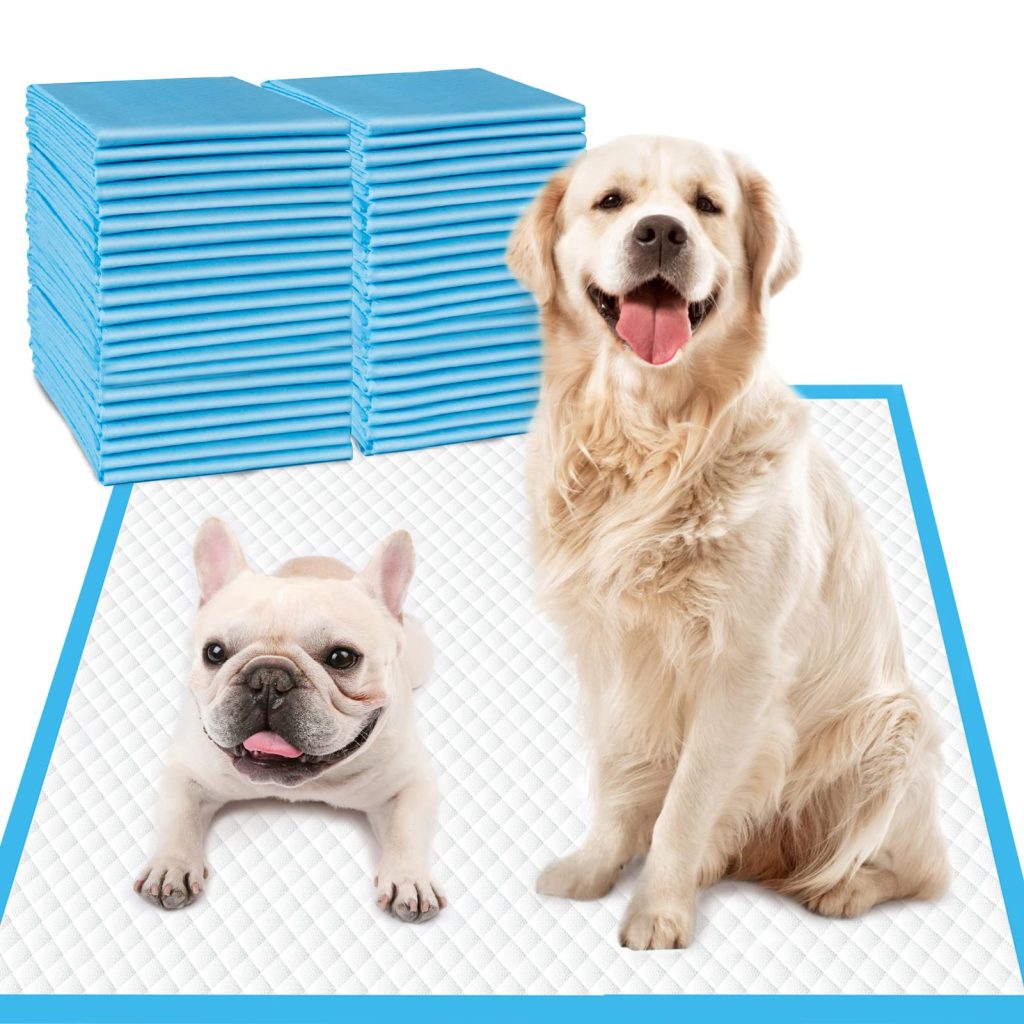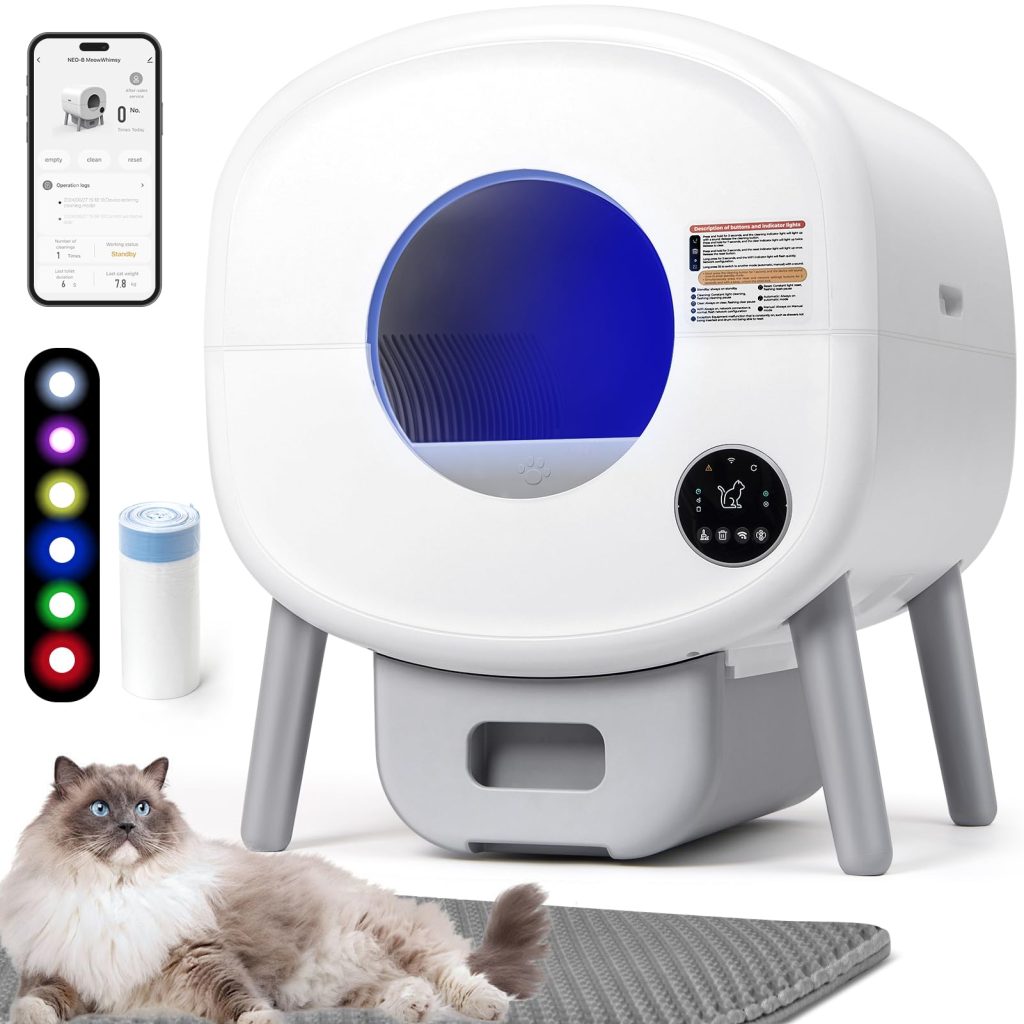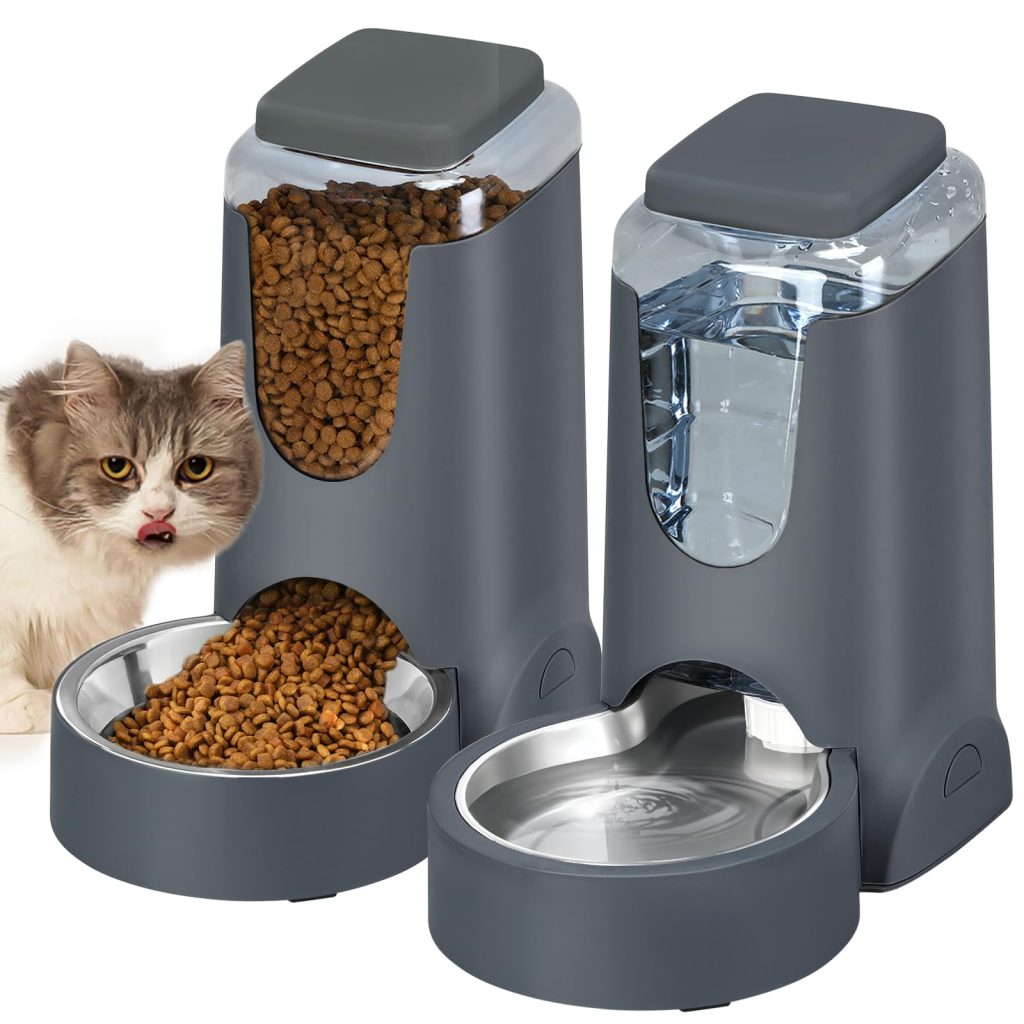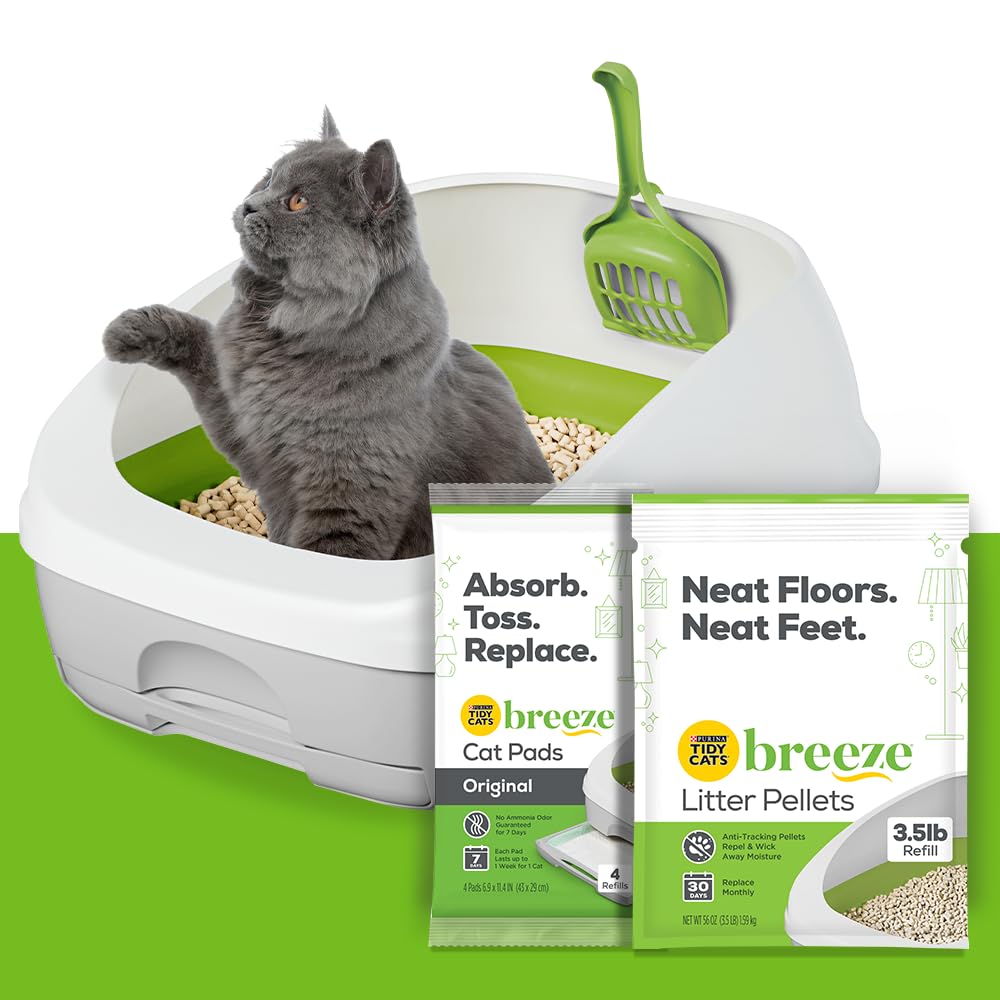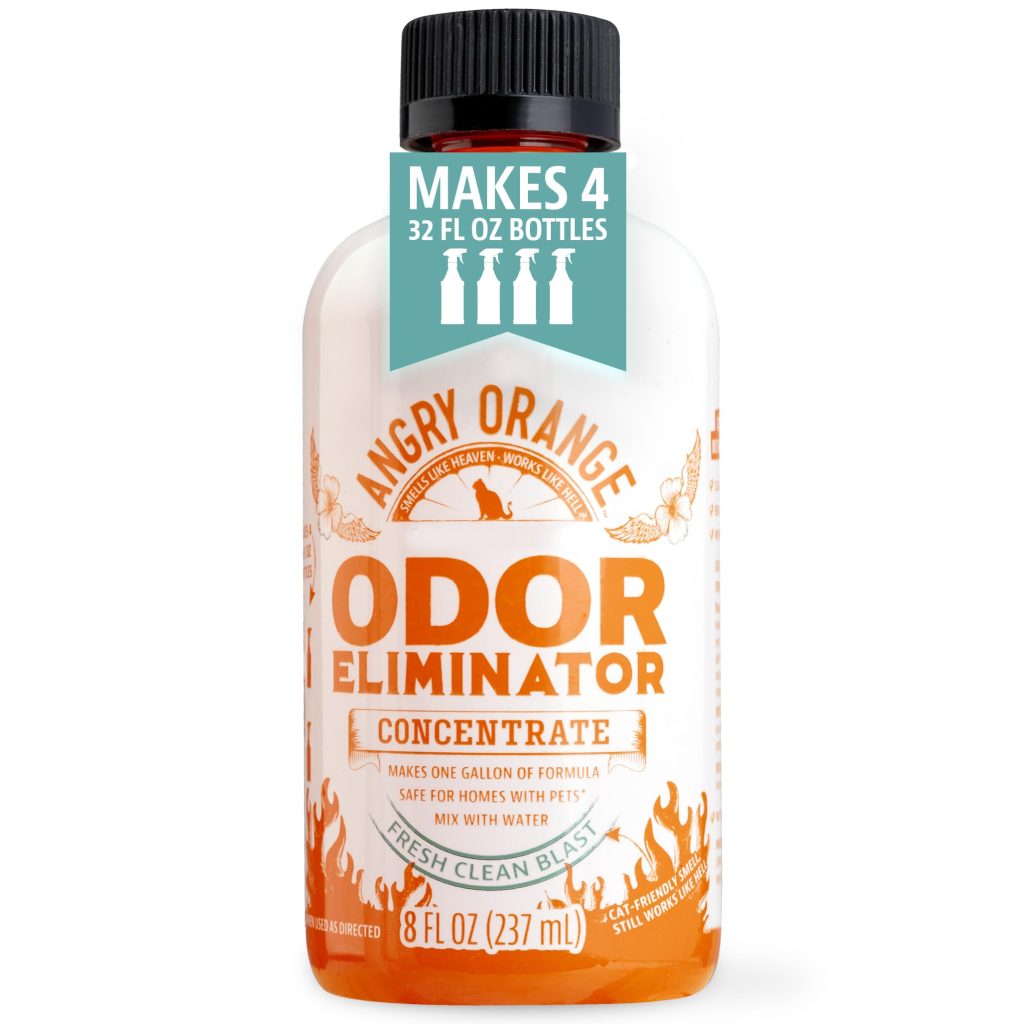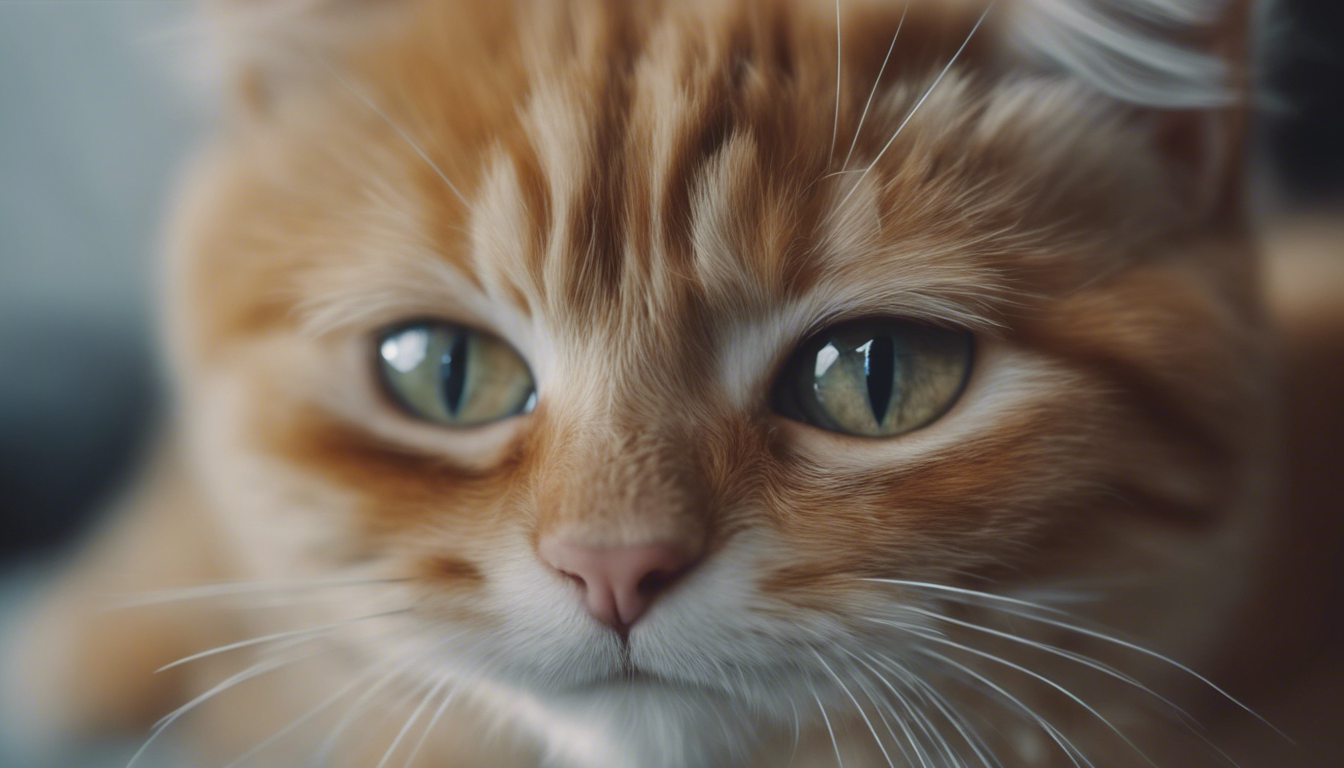 Feline Grooming: The Essential Guide to Cat Fur and Claw Care
Feline Grooming: The Essential Guide to Cat Fur and Claw Care
Coat Care Essentials
Grooming your feline companion is an essential part of their overall well-being. Proper coat care not only keeps your cat looking their best but also promotes a healthy coat and skin. The following tips will guide you in maintaining a beautiful coat for your beloved feline friend:
Regular Brushing
Brush your cat’s fur regularly to remove loose hair, tangles, and mats. This not only helps prevent hairballs but also reduces shedding and the formation of unsightly knots. Use a suitable brush or comb designed for your cat’s fur type:
- Bristle brushes work well for short-haired cats.
- Slicker brushes are perfect for long-haired breeds.
- Wide-toothed combs are effective for cats with thick, double coats.
Bathing and Drying
Cats are known for their exceptional self-grooming abilities, but occasionally, they may require a bath. Use a cat-specific shampoo that won’t irritate their sensitive skin and ensure the water temperature is lukewarm. Remember to dry them thoroughly using a towel or a gentle blow dryer on the lowest setting to prevent chill and discomfort.
Dealing with Shedding
Shedding is a natural process for cats, but excessive shedding may indicate underlying issues. Ensure your cat receives a balanced diet with adequate nutrients to support a healthy coat. Consult with your veterinarian to rule out any medical concerns such as allergies, malnutrition, or parasites. Regular brushing helps limit the amount of loose hair on your furniture and clothing.
Claw Maintenance
Cats’ claws are vital tools for climbing, scratching, and hunting. Regular claw maintenance is important to keep them healthy and to protect yourself and your furniture. Proper claw care can be established through the following practices:
Scratching Posts
Provide your cat with multiple scratching posts throughout your home. These posts offer a dedicated space for your cat to scratch, stretch, and keep their claws in good shape. Encourage usage by placing the posts near their favorite sleeping spots or applying catnip to attract them.
Trimming Claws
If your cat doesn’t wear down their claws naturally, you may need to trim them. Use cat-specific nail clippers or human nail clippers with care to avoid injury. Gradually introduce nail trimming while providing treats and positive reinforcement to make the experience more enjoyable for your feline friend. Consult a veterinarian or a professional groomer if you are unsure how to perform this task.
Nail Caps
Nail caps are an alternative to trimming your cat’s claws. These soft covers are glued onto your cat’s nails and prevent damage caused by scratching. Although nail caps require regular replacement every few weeks, they can be an effective option for cats with excessive scratching behavior.
Grooming Techniques
When grooming your cat, establishing a calm and gentle routine is essential to prevent stress and ensure their cooperation. Follow these techniques for successful grooming sessions:
Familiarize Them with Grooming Tools
Introduce your cat to the grooming tools gradually. Let them sniff and investigate the brushes, combs, or nail clippers beforehand to build trust and familiarity. This reduces anxiety during grooming sessions.
Choose the Right Time
Choose a time when your cat is relaxed and comfortable, such as after a meal or a play session. Avoid grooming sessions when your cat is already stressed or agitated. Creating a peaceful environment helps make the experience more enjoyable for both you and your feline companion.
Massage and Positive Reinforcement
During grooming, provide gentle massages to soothe your cat and make them feel loved. Offer treats or verbal praise throughout the process to positively reinforce their good behavior. This encourages them to associate grooming with pleasant experiences.
Remember, every cat is unique, and their grooming needs may vary. Observe your cat’s behavior, consult with professionals, and adapt your routine to address their specific requirements.
In Summary
Grooming is an essential aspect of feline care that promotes both physical health and emotional well-being. Regular brushing, adequate claw care, and gentle grooming techniques are important for maintaining a beautiful coat and healthy claws. By understanding your cat’s specific needs and preferences, you can create a positive grooming experience that strengthens the bond between you and your beloved feline companion.
